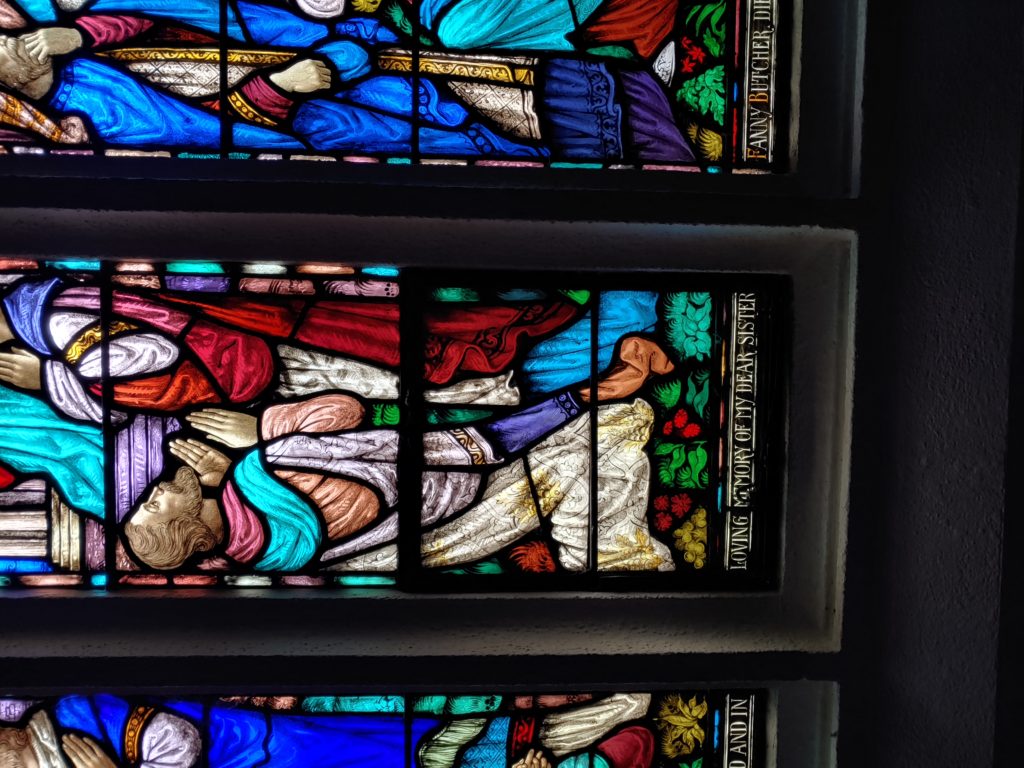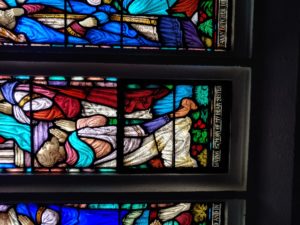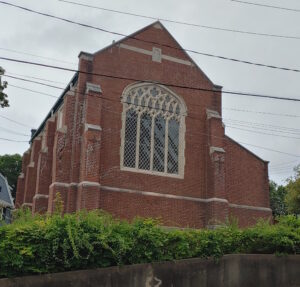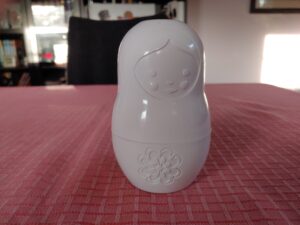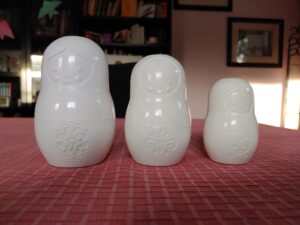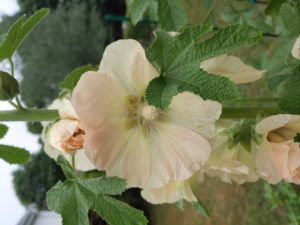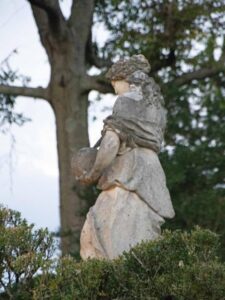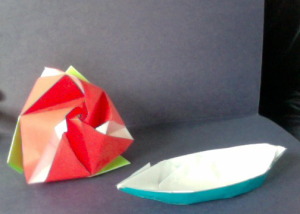Officiant: O God, make speed to save us.
People: O Lord, make haste to help us.
Why these words at the beginning of a noonday prayer service? It’s not likely that anyone praying them is in mortal danger. Anyone who is in such a predicament isn’t likely to have their BCP in hand, after all. As I pondered these words for the past few days, these thoughts arose…
The officiant is the one who asks God to save us, not the people. Although we shouldn’t need it, having a leader ask for God’s saving presence gives the rest of us permission to do the same. Everyone needs God’s saving love and presence, and asking for it is a sign of wisdom rather than a terrible weakness.
Most of us are okay with giving help, but needing help? It takes strength to admit to needing help; it’s easy to consider needing a help a character flaw rather than a universal human truth.
Asking God for help, admitting our need to be saved by God, is easier with practice. If the words become part of us, we will have them when we need them. Practice may not make perfect, but it certainly makes for sufficiency.
I may not need saving from a physical danger at the moment, but I do need saving from things that kill the soul and maim the spirit. Disdain for others and self, hopelessness, and a perspective so limited that I am unable to act with love and compassion are deadly if not in an obvious way. I may not wish someone harm, but without recognizing my limitations and my need for God’s saving love I may not wish them well – and I certainly won’t be willing to foster their wellbeing.
In the middle of the day, in the company of others, I am asking for help. Only with God’s help and saving grace can I hope to love God, myself, and others. I’m so very glad there are others asking for help, too…
